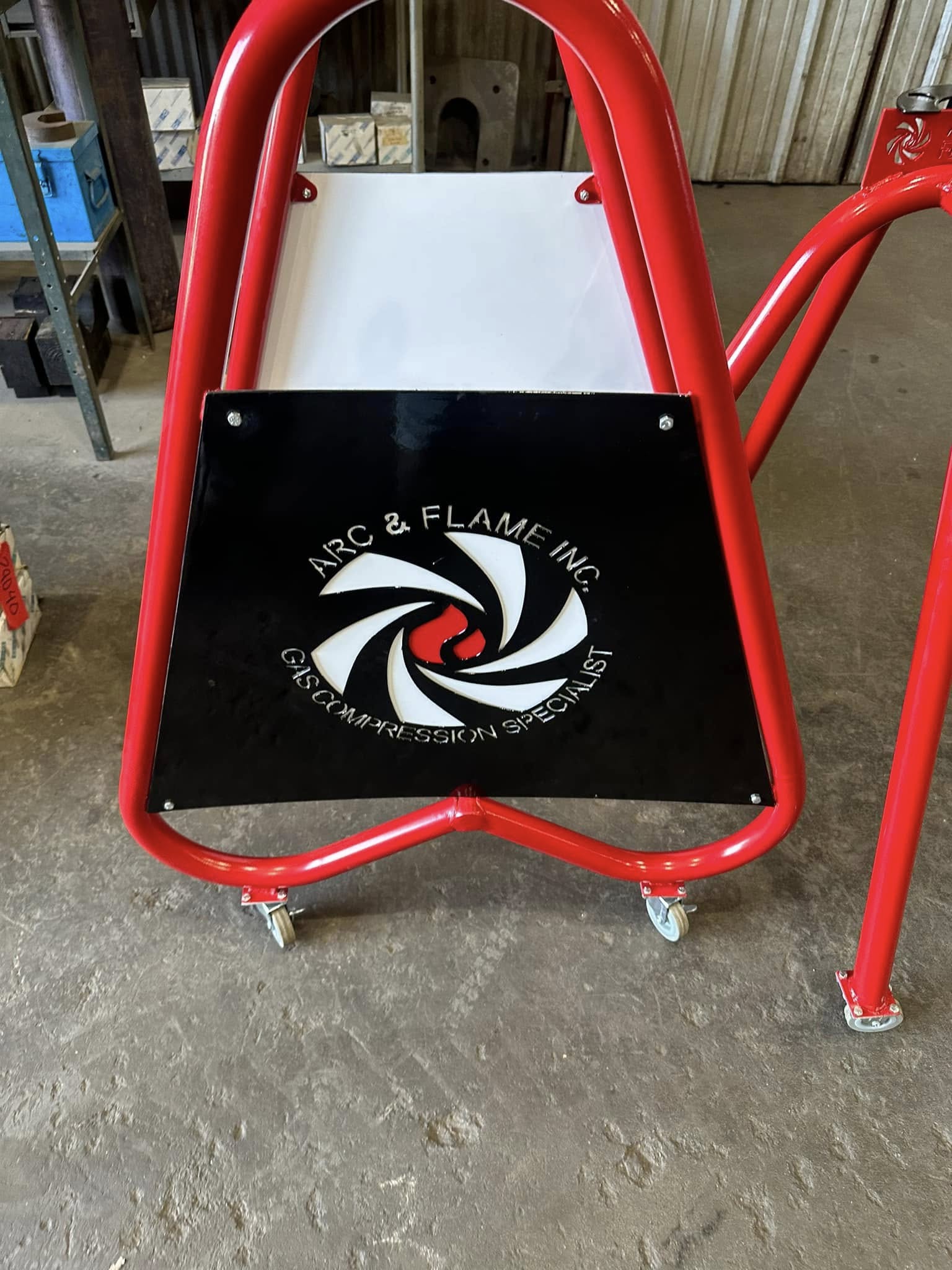
Mastering the Art of Welding: Tips for Impeccable Finishes Nov 16, 2025
Starting with the fundamentals, understanding your materials is crucial. Different metals have unique properties that influence how they respond to heat and pressure during welding. For instance, stainless steel and aluminum require different approaches due to their thermal conductivity. Familiarizing yourself with these differences can help prevent common issues such as warping or weak joints. Using the right filler material is equally important; it should complement the base metal to ensure structural integrity and finish quality.
Preparation is half the battle in achieving a perfect weld. Begin by cleaning your workpieces thoroughly to remove any dirt, rust, or oil that could interfere with the welding process. Impurities on the metal surface can lead to weak welds or unsightly finishes. Proper joint design is another vital factor; whether you opt for a butt joint, lap joint, or T-joint, ensure that the fit is tight and the gap uniform. This attention to detail ensures that the weld pool flows correctly and results in a smoother, more attractive finish.
Next, address the importance of technique. Consistent practice is key to mastering the art of welding. Pay close attention to your travel speed, electrode angle, and arc length, as these elements directly influence the weld’s appearance and quality. A steady hand and even pace will produce a uniform bead, free from spatter and defects like undercut or overlap. Remember, a visually appealing weld is often indicative of a strong, durable bond.
Ambient conditions can also impact the quality of your welds. Factors such as wind, temperature, and humidity should be monitored closely. For instance, a windy environment can blow shielding gas away, causing oxidation and resulting in a compromised weld. Such conditions call for adjustments—perhaps increasing gas flow or utilizing screens to shield the work area from the elements.
Safety should never be compromised in the pursuit of impeccable finishes. Utilizing the appropriate protective gear—such as helmets, gloves, and safety glasses—not only protects you from harm but also ensures that you can focus entirely on the task at hand. At Contender Solutions, we advocate for a safe working environment as a standard industry practice.
Finally, achieving a professional finish requires attention even after the weld is complete. Post-weld treatments like grinding and brushing can enhance the aesthetic appeal of the weld while also improving its performance by removing slag and smoothing rough edges. These finishing touches make a significant difference, transforming good work into exceptional work.
In conclusion, mastering the art of welding involves a combination of knowledge, skill, and practice. By understanding your materials, honing your technique, and maintaining a focus on safety and preparation, you can achieve finishes that not only meet but exceed expectations. At Contender Solutions, we are dedicated to helping welders perfect their craft. By following these tips, you can ensure that your welding projects stand out for their quality and craftsmanship.
/filters:no_upscale()/media/f2bedb9d-e609-444d-b8d0-09b9a9d2d3fa.jpg)